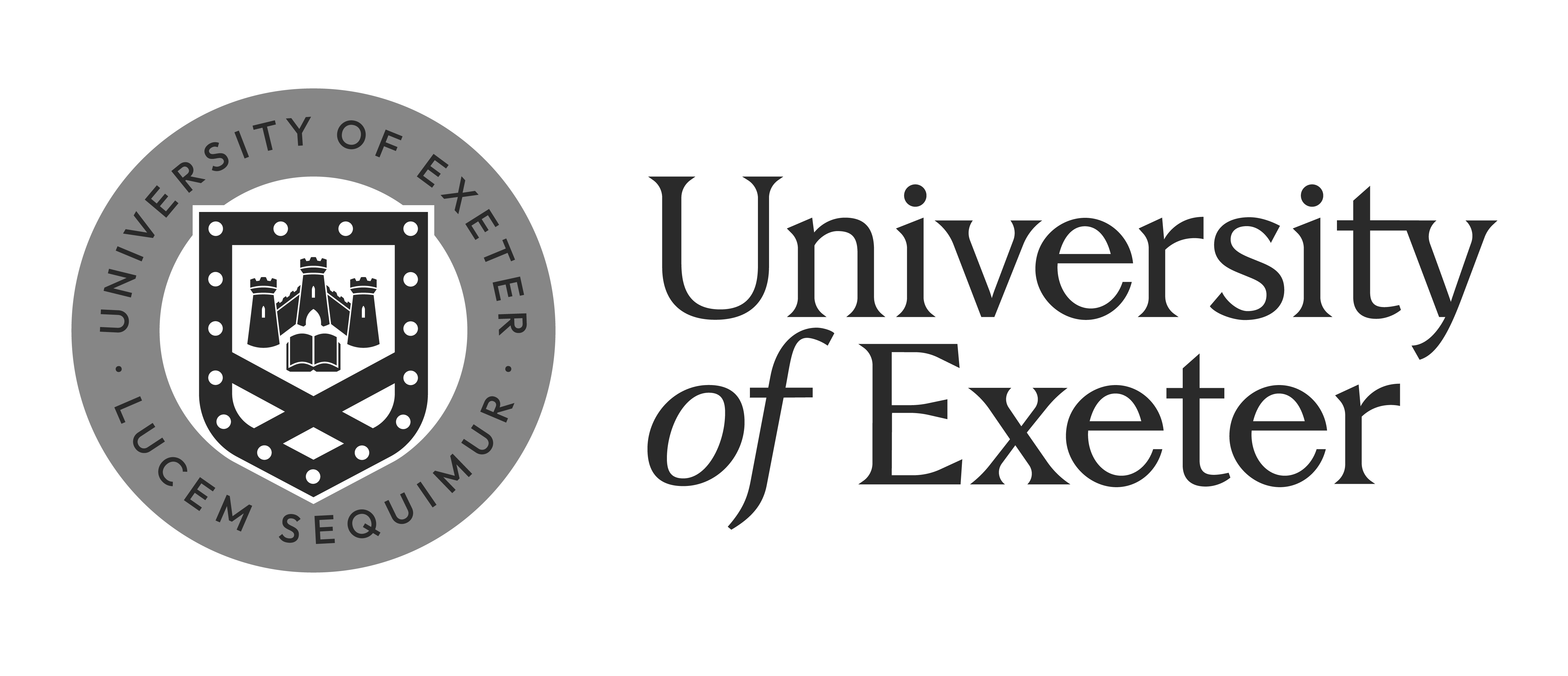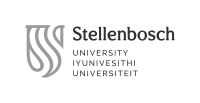F2424 Understanding and Analyzing Photography in the Humanities
Professors
Schedule
Course description
The course is aimed to give the students an overview of the methods and methodologies applied in the studies of the photographic (images, objects, practices) in the Humanities and, more narrowly, within the interdisciplinary field of Photography studies. Methods and methodologies will be presented in the course with the introduction of their theoretical bases, the foundations of implementation and the examples of research. Students will be given practical assignments to apply the methods explored to specific photographic material, in order to acquire the skills of academic research and analysis of photography and maintain an own methodological “map” and toolbox. The course will address, where possible, photographic material from Venetian archives, as well as open online archives, the professor’s own collection; students are encouraged to share and involve the photographic material from their collections and cultures.
Possible topics of interest: mapping methodologies in Photography Studies; visual analysis; iconography; content analysis; discourse analysis; social semiotics; sociology and anthropology of practices; Cultural Studies; gender analysis; new materialisms; the photographic; methodological toolbox.
Learning outcomes
The students will become familiar with a range of methods and methodologies applied in analysis and research of the photographic. They will become familiar with examples of methodologies in research and will familiarize with methodological analysis of research papers. Students will acquire a toolbox of methods to choose from in order to design and develop their own research and will reflect upon their own academic and methodological interests. The students will train their skill of critical and reflective thinking, writing, reading and speaking. Through group work assignments and peer reviewing they will develop their communicative talents and their collective work competence.
Teaching and evaluation method
The course is built upon the paradigm of students and professor learning from each other and within the environment of the course. The course is designed to help students learn by practice and by interaction with each other, with the material and with the lecturer. The classes will be conducted in the format of lectures, seminars and practical work/discussions. The teaching methods employed in the course include lectures, presentations, discussions, reading assignments, written summary assignments, as well as group, peer and individual practical assignments to apply methods and methodologies introduced to photographic material. Each of the seminars will include an introduction of the text by one of the students. The course implies a final essay written on the material of the student’s choice.
Breakdown of the final grade:
2 written assignments, in groups: employing the methods -- 15%
2 individual written/creative assignments: employing or summarizing the methods – 25%
in-class participation, including presentations at seminars – 35%
final project (individual): research proposal as draft, presentation and final text – 25%
All assignments should be turned in on time. Late papers will be accepted until midnight on the due date without change in grade, after that 5 points will be taken off for every day of delay, after 5 days the assignment will not be accepted.
Types of assignments:
Text introduction (presentation): prepared by one of the students for each of the seminars to introduce the text assigned for reading. Assigned at the beginning of semester.
Written assignments: written assignments are aimed at implementation of the methods discussed. General rules applied to written assignments are: use of academic language, logicality and coherence of argumentation, appropriateness in citation, development of own argument, clear formulation of research questions and pursuit of their resolution.
Final project is research proposal for a methodology of research of specific collection or material, to be presented first as draft, then as presentation in class, and finally as a text.
Group assignments will be graded with one and the same grade for each member of the group.
Required preliminary knowledge
No preliminary knowledge is required.
Suggested supplementary reading to familiarize with the thematic field of photography studies: A New History of Photography, ed.Michel Frizot (Konemann, 1998).
Syllabus
| Theme and educational activities | Reading | Assigments |
| Week 1. Introduction into Photography studies. What is photography? What is Photography studies and their important questions? Lecture Seminar |
Reading: Sabine T.Kriebel. “Theories of Photography: A Short History” in Theory of Photography, ed.James Elkins (Routledge, London, ), pp.3-49. |
Text introduction (presentation) 1 (assigned) |
| Week 2. Mapping the methods of visual analysis. Lecture Seminar Hands-on work with photographs |
Reading: Gillian Rose, “Towards a Critical Visual Methodology”, in Gillian Rose, Visual Methodologies (SAGE, 2016), pp.25-47.. | Text introduction (presentation) 2 (assigned) |
| Week 3. Semiotic analysis 1: Sign Lecture Seminar Hands-on work with photographs |
Reading: Roland Barthes, “Rhetoric of Image” in Roland Barthes, Image, music, text (S. Heath, Trans.) (Hill and Wang, 1977),pp. 32–51. Marita Sturken, Lisa Cartwright, Practices of Looking: An Introduction to Visual Culture. (Oxford: Oxford University Press, 2010), p.13-50 |
Text introduction (presentation) 3 (assigned) |
| Week 4. Semiotic analysis 2: from Sign to Myth Lecture Seminar |
Reading: Deborah Bright, “On Mother Nature and Marlboro Men: An Inquiry into the Cultural Meanings of Landscape Photography”, in The Contest of Meanings. Critical Histories of Photography, ed. Richard Bolton (Cambridge, London: MIT Press, 1992), pp. 125-140 |
Text introduction (presentation) 4 (assigned) Individual assignment 1/2 (written): semiotic analysis of material of student’s choice |
| Week 5. Content analysis 1 Lecture Seminar Hands-on work with photographs |
Reading: Philip Bell, “Content-analysis of Visual Images”, in Handbook of Visual Analysis, eds. Theo van Leuween, Carey Jewitt (SAGE, 2001), pp. 10-34. |
Group assignment 1/2: content analysis of a collection of students’ choice |
| Week 6. Content analysis 2 Seminar Final projects incubator |
Reading: Catherine Lutz and Jane Collins, Reading National Geographic. (Chicago: University of Chicago Press, 1993) |
Text introduction (presentation) 5 (assigned) Presentation of group assignment 1/2 |
| Midterm break | ||
| Week 7. Discourse analysis 1 Lecture Seminar |
Reading: Marianne W. Jorgensen, Louise J. Phillips, Discourse Analysis as Theory and Method (Sage, 2002). |
Text introduction (presentation) 6 (assigned) Group assignment 2/2: discourse analysis of material of students’ choice |
| Week 8. Discourse analysis 2 Lecture Seminar |
Reading: Sally Stein, “The graphic ordering of Desire: Modernization of a Middle-class Women’s Magazine, 1914-39”, in in The Contest of Meanings. Critical Histories of Photography, ed. Richard Bolton (Cambridge, London: MIT Press, 1992), pp.145-162 |
Presentation of group assignment 2/2 results |
| Week 9. Sociological/anthropological perspective: Richard Chalfen’s interview grid Lecture Seminar |
Reading: Richard Chalfen, “Interpreting Family Photography as Pictorial Communication” in Image-based Research. A Sourcebook for Qualitative Researchers, ed.Jon Prosser (Routledge, 1998), pp.190-208. |
Text introduction (presentation) 7 (assigned) Individual assignment 2/2 (written): interview |
| Week 10. Sociological/anthropological perspective: Richard Chalfen’s interview grid Seminar | Reading: Chris Wright, “Material and Memory. Photography in the West Solomon Islands”, Journal of Material Culture 9(1) (2004), pp.73– 85 . |
Text introduction (presentation) 8 (assigned) Presentations of individual assignments 2/2 |
| Week 11. Researching materiality Lecture Seminar Hands-on work with photographs |
Reading: Elizabeth Edwards, “Objects of Affect: Photography Beyond the Image”, The Annual Review of Anthropology 2012.41, pp.221-234. |
Text introduction (presentation) 9 (assigned) |
| Week 12. Students’ final projects | Presentations of final papers + draft of final paper (500 words) due | |
| Exam week | Final paper (1000-2000 words) due |
Bibliography:
Required reading (will be provided as pdf):
1. Roland Barthes, “Rhetoric of Image” in Roland Barthes. “Rhetoric of the image”, in Roland Barthes, Image, music, text (S. Heath, Trans.) (Hill and Wang, 1977),pp. 32–51.
2. The Contest of Meanings. Critical Histories of Photography, ed. Richard Bolton (Cambridge, London: MIT Press, 1992)
3. Richard Chalfen, “Interpreting Family Photography as Pictorial Communication” in Image-based Research. A Sourcebook for Qualitative Researchers, ed.Jon Prosser (Routledge, 1998), pp.190-208.
4. Elizabeth Edwards, “Objects of Affect: Photography Beyond the Image”, The Annual Review of Anthropology 2012.41, pp.221-234.
5. Marianne W. Jorgensen, Louise J. Phillips, Discourse Analysis as Theory and Method (Sage, 2002)
6. Sabine T.Kriebel. “Theories of Photography: A Short History” in Theory of Photography, ed.James Elkins (Routledge, London, ), pp.3-49.
7. Handbook of Visual Analysis, eds. Theo van Leuween, Carey Jewitt ( SAGE, 2001)
8. Catherine Lutz and Jane Collins, Reading National Geographic. (Chicago: University of Chicago Press, 1993)
9. Gillian Rose, Visual Methodologies (SAGE, 2016)
10. Marita Sturken, Lisa Cartwright, Practices of Looking: An Introduction to Visual Culture. (Oxford: Oxford University Press, 2010)
11. Chris Wright, “Material and Memory. Photography in the West Solomon Islands”, Journal of Material Culture 9(1) (2004), pp.73– 85.
Suggested reading:
1. Thinking Photography, ed. Victor Burgin (London:Macmillan, 1982)
2. Erwin Goffmann, Gender Advertisements (Harper Torchbooks, 1979)
3. Gunther Kress, Multimodality: A Social Semiotic Approach to Contemporary Communication (Lodon: Routledge, 2010)
4. Gunther Kress, Theo van Leeuwen, “Reading: The Meaning of Composition”, in Gunther Kress, Theo van Leeuwen, Reading Images: The Grammar of Visual Design, 2nd ed. (Routledge, 2006), pp.176-214.
5. Luc Pauwels, “An Integrated conceptual framework for visual social research”, in The Sage Handbook of Visual Research Methods, eds. Luc Pauwels and Dawn Mannay (Sage, 2019), pp.3-23.
6. Nelson Phillips and Cynthia Hardy, Discourse Analysis: Investigating Processes of Social Construction (London: Sage, 2002).
7. John Tagg, “God’s Sanitary Law: Slum Clearance and Photography in Nineteenth-Century Leeds” in John Tagg, The Burden of Representation (Minneapolis: MIT, 1993), pp. 117-152.
8. Fran Tonkiss, “Analyzing discourse”, in Researching Society and Culture, ed.Clive Seale (London: Sage, 1998), pp.245-260.
9. The Photography Reader, ed.Liz Wells (New-York:Routledge, 2003)
Last updated: August 1, 2024


















